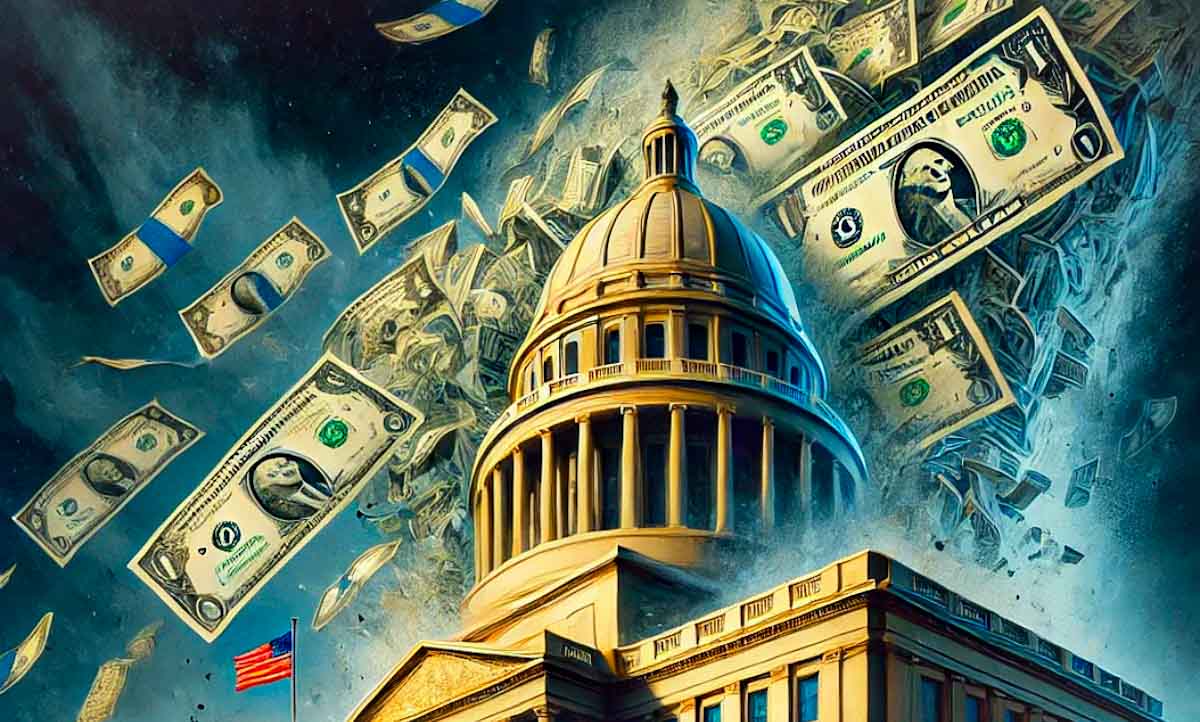Every year, billions of taxpayer dollars vanish due to improper government payments. In 2024 alone, the figure reached a staggering $149 billion—enough to fund NASA for seven years or build fifteen aircraft carriers. This isn’t just about accounting mistakes; it’s a reflection of systemic inefficiencies, weak oversight, and bureaucratic complacency.
So crazy! https://t.co/b0w5hNgmoB
— Elon Musk (@elonmusk) February 20, 2025
Where Does the Money Go?
The biggest culprits behind these improper payments are some of the nation’s largest federal programs:
- Medicare & Medicaid: Over $60 billion in misspent funds.
- Tax Credits: More than $20 billion in erroneous payments.
- Food Assistance Programs: At least $10 billion in improper distributions.
- Other Federal Programs: Various agencies, including Social Security and USAID, contribute billions more to the problem.
Improper payments include overpayments, payments to ineligible recipients, and fraud. The issue is not new, yet the government’s response remains ineffective year after year.
Where Does the Lost Money Go?
While agencies manage to identify some of these improper payments, their ability to recover the funds is abysmal. In 2024, the government flagged $33.5 billion as potentially recoverable, yet only $22.6 billion was actually reclaimed.
The remaining billions disappear into bureaucratic limbo, highlighting a severe flaw in federal financial management.
Fixing the Leak or Overreaching?
The Department of Government Efficiency (DOGE), under the leadership of Elon Musk, has been making waves in its attempt to track and eliminate government waste.
Critics argue that DOGE is overreaching, especially in its scrutiny of agencies like USAID and Social Security. However, data suggests that waste is deeply embedded in some of the largest federal programs.
One contentious issue is Social Security overpayments, which impact nearly three million beneficiaries annually. While some claim widespread fraud, official audits indicate that the actual number of fraudulent cases is much lower than reported.
The challenge lies in outdated systems and administrative errors that result in wrongful payments.
Why Does This Keep Happening?
The persistence of improper payments points to deeper institutional failures. The factors contributing to this issue include:
- Lack of Oversight: Many agencies operate with minimal financial scrutiny.
- Inefficient Technology: Outdated systems make it harder to track and prevent improper payments.
- Complex Bureaucracy: The sheer size of federal programs creates loopholes that allow waste to flourish.
Can This Be Fixed?
Addressing this issue requires systemic reforms rather than short-term recovery efforts. Potential solutions include:
- AI-Driven Fraud Detection: Leveraging artificial intelligence to identify discrepancies in real-time.
- Enhanced Oversight & Accountability: Increasing transparency in government spending.
- Modernizing Payment Systems: Investing in technology that prevents overpayments before they happen.
- Stronger Enforcement Mechanisms: Agencies should be held accountable for improper payments with stricter penalties.
A Never-Ending Cycle?
Without significant reforms, improper payments will continue to drain taxpayer money. The numbers may fluctuate, but the underlying problem remains the same: a lack of accountability and efficiency in government financial management.
DOGE’s intervention has shed light on the issue, but whether it can enforce lasting change is yet to be seen. One thing is certain—if nothing is done, next year’s report will tell the same story, just with different numbers.
